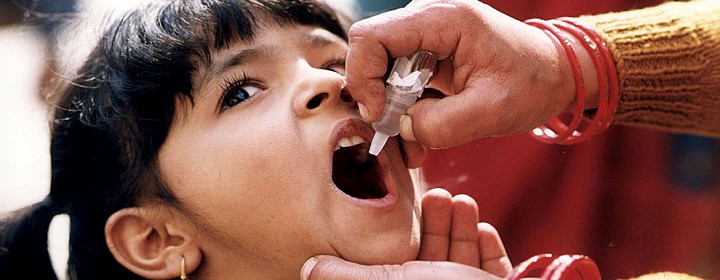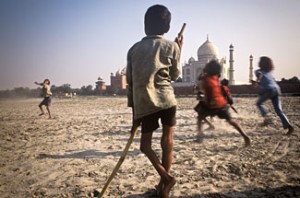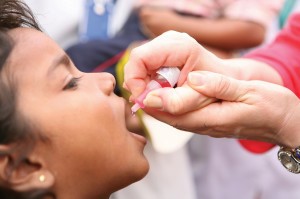World Polio Day

India accomplished a fantastic feat in eradicating polio – and all it took was a cogent and systematic vaccination plan. Here are a couple of things you should know about Polio on the occasion of World Polio Day!
1. Poliomyelitis, better known as Polio, is a highly infectious viral disease. It mainly affects young children, and leaves lasting impacts on their bodies in the form of deformities.
2. Polio is spread by viruses, and it can be easily transmitted from person to person, and spreads mainly through the faecal-oral route and less frequently, by a common vehicle such as contaminated water or food. The virus multiplies in the intestine, from where it can invade the nervous system and can cause paralysis.
3. The initial few symptoms of polio include fever, fatigue, headache, vomiting, and stiffness in the neck and pain in the limbs. In a few cases, polio can causes paralysis, which is often lasting and permanent. According to the World Health Organisation, One in 200 infections lead to irreversible paralysis. Among those paralyzed, 5% to 10% die when their breathing muscles become immobilized.
pc:www.pinterest.com
4. There is no cure for polio. It can only be prevented by immunization, or vaccination. The vaccine is an orally administered weakened vaccine-virus, and just involves ingesting two drops of a liquid.
5. The World Health Organization says that As long as a single child remains infected, children in all countries are at risk of contracting polio. Failure to eradicate polio from these last remaining strongholds could result in as many as 200 000 new cases every year, within 10 years, all over the world. Polio cases have decreased by over 99% since 1988, from an estimated 350,000 cases then, to 416 cases reported cases in 2013. The reduction is the result of the global effort to eradicate the diseases.





